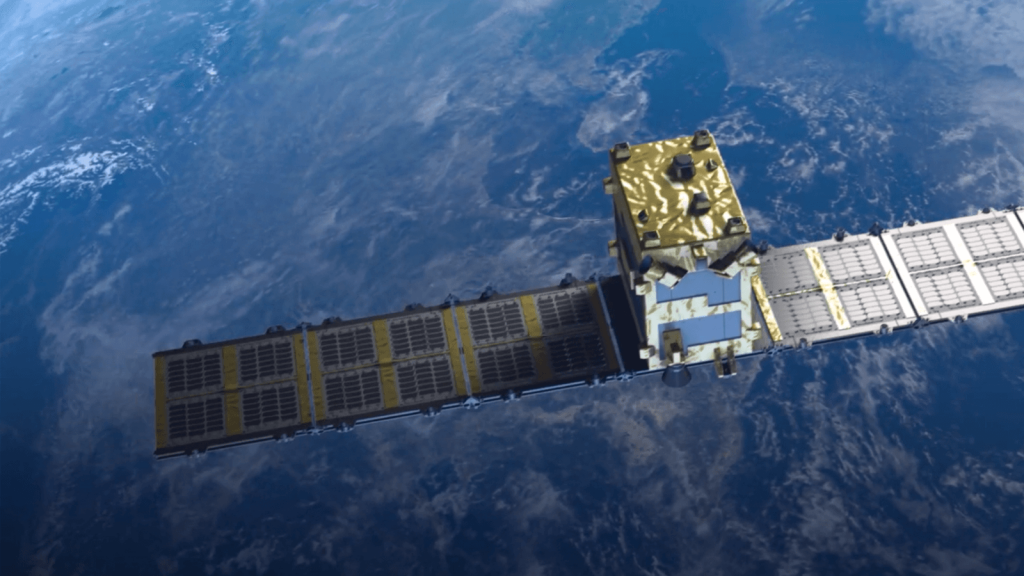Lift Off Time | December 15, 2020 – 10:09 UTC | 23:09 NZT |
|---|---|
Mission Name | The Owl’s Night Begins |
Launch Provider | Rocket Lab |
Customer | Synspective |
Rocket | Electron |
Launch Location | Launch Complex-1A, Mahia Peninsula, New Zealand |
Payload mass | 150 kg (330 lbs) |
Where are the satellites going? | Sun-Synchronous Orbit (SSO), (500 x 500 km, 97.3°) |
Will they be attempting to recover the first stage? | No, the next Electron booster recovery will be early 2021 |
Where will the first stage land? | It will crash into the ocean ~600 km downrange |
Will they be attempting to recover the fairings? | No, this is not a capability of Electron |
Are these fairings new? | Yes |
How’s the weather looking? | TBD |
This will be the: | – 17th Electron launch – 7th launch for Rocket Lab in 2020 – Final launch for Rocket Lab in 2020 – 108th orbital launch attempt of 2020 |
Where to watch | Official livestream |
What’s all this mean?
Rocket Lab will launch the StriX alpha satellite on their Electron small-lift orbital launch vehicle. The mission, named The Owl’s Night Begins, will take off from LC-1A and deploy one satellite into a 500 km circular Sun-synchronous orbit for Synspective.
StriX alpha satellite
The StriX alpha satellite is an Earth observation and radar satellite built by the Japanese company Synspective. StriX alpha is a tech demonstrator for Synspective’s future 25 satellite SAR constellation. The satellite will be using “StripMap” and “Sliding Spotlight,” providing the satellite with up to a 1 meter resolution. StripMap has a swath of 30 km and Sliding Spotlight has a swath of 10 km; these two systems use microwaves to map out the surface of the ground to within a few millimeters.
StriX alpha and its sister satellite StriX beta, will be used to test the satellite bus. These two test satellites have a mass of ~150 kg, but the final version of the satellite will probably be closer to 100 kg. Each satellite is equipped with two solar arrays and batteries for power while in orbit.
While Synspective currently does not have a target date for when their 25 satellite constellation will be complete, it is designed to have 24 hour monitoring. Due to the use of microwaves, the satellites will be able to monitor the Earth’s surface during day, night, and even thunderstorms.
Once the constellation is fully built out, it is going to be used for monitoring airport maintenance, subway development, progress on construction sites, and other general monitoring in cities.

What is Electron?
Rocket Lab’s Electron is a two-stage small-lift orbital launch vehicle with an optional third stage. Electron first flew on May 25, 2017. Since the maiden flight, Electron has flown for a total of 16 times, with 14 of those flight being fully successful. On the maiden flight, It’s a Test, the rocket was manually terminated after a failure in the ground communication system. Since this failure, Rocket Lab has delivered over 50 satellites to orbit. They have also completed one block upgrade, witch first flew on the 16th launch of Electron.
The Rutherford Engine
The Rutherford engine is an RP-1 and LOX based 3-D printed rocket engine. There are several things in this engine which have never been done before. First of all, the Rutherford uses an innovative new cycle: the electric pump-fed cycle. Instead of using the exhaust of a pre-burner or a gas generator to spin turbines, the Rutherford uses an electric motor to power the propellant pumps. This makes the engines highly throttleable, allowing the engines to be very precisely controlled. Furthermore, this means that, as battery technology develops, the Rutherford will become not only more powerful but also more efficient.

Another first for an orbital class rocket engine is the fact that the Rutherford engine is 3-D printed. This is done to reduce costs and decrease manufacturing time. As of June 2020, Rocket Lab has been producing an engine every other day or nearly 200 engines per year. The Rutherford engine produces 24 kN of thrust at sea level and has a specific impulse (ISP) of 311 seconds. In a vacuum, the engine produces 24 kN of thrust and has 333 seconds of ISP. The thrust to weight ratio of the Rutherford is 68.6.

Electron Rocket
The Electron consists of two stages with an optional kick stage. Electron is 17 meters tall, 1.2 meters in diameter, and can loft up to 225 kg into LEO. Electron is the first rocket to be fully built out of advanced and lightweight carbon composites.
The first stage of Electron is 12.1 meters tall, 1.2 meters wide, and has a total of 9 Rutherford engines. It also contains tiny cold gas thrusters which are used for the reentry of the Electron booster. The second stage is 2.4 meters tall, with the same diameter of 1.2 meters, and has one vacuum optimized Rutherford engine on it.

Finally, Electron has an optional kick stage which is used to circularize the payload’s orbit. The boost stage uses a single Curie rocket engine, which runs on an unknown monoprop. Due to the Curie engine only producing 120 N of thrust, it is able to put satellites into a very accurate and precise orbit. When the boost stage is used, the Electron’s payload capacity drops from 225 to 150 kg.
Rocket Lab is also developing another kick stage, called Photon, which is able to put 40 kg into a lunar orbit. The Photon is not only a kick stage but is also a satellite bus. Learn more about the Photon here.
Electron Launch Pads
Rocket Lab currently has two operational launch complexes; their primary site being Launch Complex 1 (LC-1) at Mahia Peninsula, in New Zealand. At the time of writing, the location has a single pad – however, work on another pad, LC-1B is taking place. All Electron launches thus far have been performed out of their New Zealand site, which Rocket Lab is licensed to launch from every 72 hours. To meet this ambitious cadence, in December of 2019 the company announced that they were building another pad at LC-1: LC-1B. It is expected that the launchpad will be complete by the end of 2020.







I love the electron in almost any way, but the only thing wrong about it is the ice that forms right before launch making it white and not black.
Thank god that this does not happend in Kerbal
@Arcani thats so true and I feel like Electron is a genius idea because like Beck said, the world doesn’t hav enough cheap small rockets like Electron